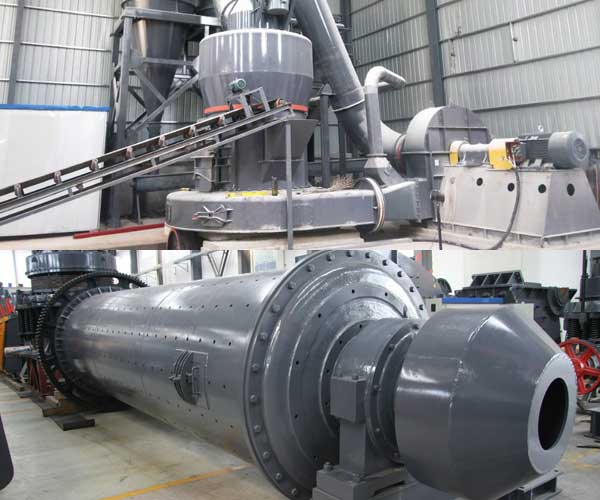
While both the ball mill and Raymond mill serve the purpose of grinding materials, they differ significantly in terms of structure, working principle, grinding efficiency, energy consumption, particle size distribution, and application range.
24 Online Service
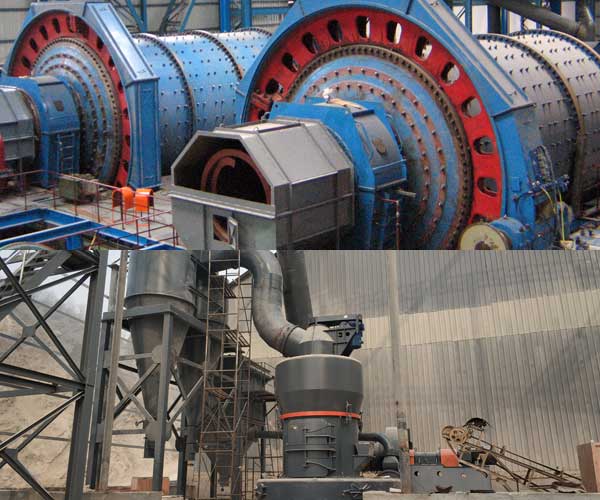
In the realm of industrial grinding, two popular machines stand out for their efficiency and effectiveness: the ball mill and the Raymond mill. Both machines are widely used in various industries, including mining, construction, metallurgy, and chemical production. However, despite their shared purpose, there are fundamental differences that set them apart in terms of structure, operation, and application.
The ball mill consists of a horizontal cylinder, rotating on its axis, which houses grinding media such as steel balls. As the cylinder rotates, the material to be ground is fed into the hollow chamber through a central inlet. The grinding media collide and crush the material, resulting in pulverization. The finished product is discharged through a peripheral discharge port.
On the other hand, Raymond mill comprises a vertical structure with a classification system that controls the particle size of the final product. The material to be processed is fed into the grinding chamber through a feed hopper and falls onto the grinding ring. Centrifugal force drives the grinding rollers to rotate around the grinding ring, crushing and grinding the material. The fine particles are carried upward by the air flow, while the larger ones fall back onto the grinding ring for further processing.
When comparing the grinding efficiency of the ball mill and Raymond mill, several factors come into play. The ball mill utilizes grinding media to exert impact and friction forces on the material, resulting in higher grinding efficiency. Moreover, the large grinding media surface area facilitates the breakdown of coarse particles. The ball mill is particularly suitable for grinding materials with a relatively high hardness.
In contrast, the grinding efficiency of Raymond mill relies mainly on the centrifugal force generated by the rotation of the grinding rollers. Although this method is effective for fine grinding, it may be less efficient for grinding coarser materials. Additionally, the energy consumption of the Raymond mill is generally higher than that of the ball mill, making it less economical for certain applications.
Both ball mill and Raymond mill have the capability to achieve different levels of particle size reduction. However, their mechanisms differ, leading to variations in the final product fineness.
The ball mill produces a relatively uniform particle size distribution. The size reduction occurs mainly through impact and abrasion forces, resulting in a narrower particle size range. In contrast, the Raymond mill relies on centrifugal force and air flow to separate and classify particles. This process often leads to a broader particle size distribution, which can be advantageous in certain applications requiring a wider range of particle sizes.
The ball mill is a versatile machine suitable for a wide range of materials, including cement, silicate products, new building materials, refractory materials, fertilizers, black and non-ferrous metal beneficiation, and glass ceramics. Its ability to handle wet and dry grinding processes further enhances its applicability in various industries.
Raymond mill, on the other hand, is widely used for grinding non-flammable and non-explosive materials with Mohs hardness less than 9.3 and humidity level below 6%. It is commonly used in industries such as mining, metallurgy, chemical engineering, and construction materials. The Raymond mill is particularly effective in grinding materials with high hardness or those that require fine powder production.
In the field of mining and material processing, grinding plays a crucial role in achieving the desired particle size reduction. Two popular grinding mills commonly used in various industries are Raymond mills and ball mills. These mills employ different mechanisms and processes to grind materials and offer unique advantages in specific applications.
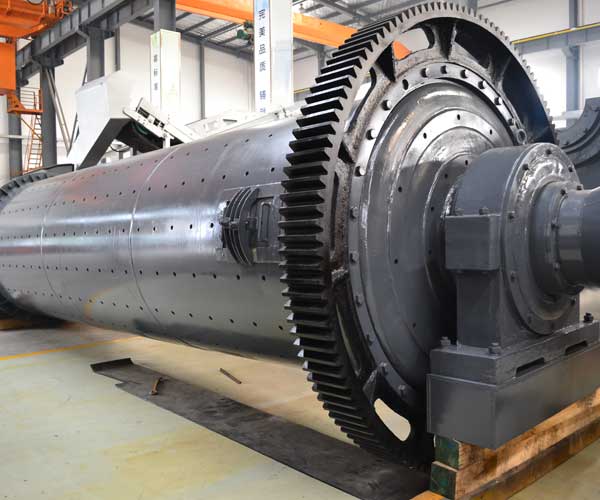
Raymond mill, also known as Raymond roller mill, is a widely used grinding mill in the field of mining and construction. It utilizes a vertical structure with a system of grinding rollers and a grinding ring to grind materials into fine powder. The grinding roller assembly, suspended on the mainframe, revolves around the vertical axis and rotates at a predetermined speed. The material to be ground is fed into the grinding chamber through a hopper, and as the grinding rollers move, the material is crushed and ground by the pressure and friction between the rollers and the grinding ring.
The primary process of Raymond mill involves the following steps:
The bulk materials are crushed by the jaw crusher or another crushing equipment to a smaller size, ensuring they can enter the grinding chamber.
The crushed materials enter the grinding chamber of the Raymond mill, where the grinding roller assembly exerts pressure on them. The rotational movement of the grinding roller crushes and grinds the materials against the grinding ring.
After the grinding process, the fine particles are carried by the air flow from the fan and separated by the classifier. The coarse particles fall back down to the grinding chamber for further grinding, while the fine particles are collected in the cyclone collector or bag filter system.
Raymond mill offers several advantages, making it a preferred choice for many applications:
Raymond mill is suitable for grinding various non-flammable and non-explosive materials with Mohs hardness below 9.3 and humidity below 6%. It can handle materials such as limestone, calcite, dolomite, barite, talc, gypsum, diabase, quartz, bentonite, etc.
The grinding roller and grinding ring of Raymond mill adopt a multi-layer grinding design, which improves the grinding efficiency significantly. The fineness of the finished product can be adjusted from 80-400 mesh, making it suitable for various fineness requirements.
Raymond mill utilizes a centralized control system, which can realize unmanned operation and reduce labor costs. Moreover, it consumes less energy compared to other grinding mills, making it more economical.
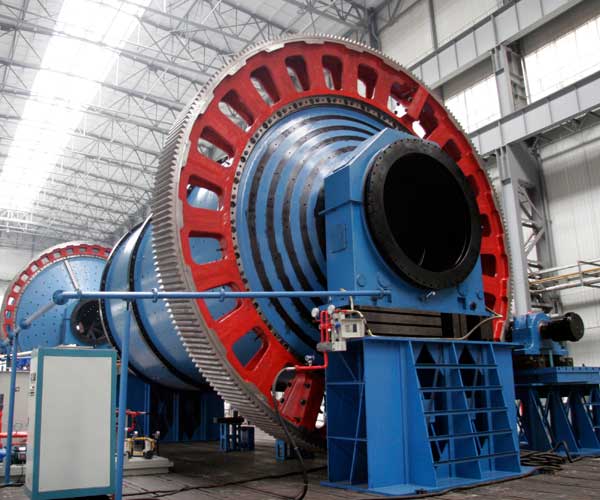
The ball mill is a horizontal cylindrical grinding device with two chambers. It is widely used in the cement, silicate, fertilizer, and other allied industries for grinding and blending materials. The inner chamber of the ball mill contains steel balls of various sizes that tumble and cascade, impacting the material to be ground. The rotation of the mill causes the balls to lift and fall onto the material, crushing and grinding it into fine powder.
The key steps involved in the ball mill process are as follows:
The raw materials are fed into the ball mill along with the grinding media (steel balls). The rotating chamber facilitates the mixing of the materials and the grinding media, ensuring a uniform distribution.
As the ball mill rotates, the steel balls within it collide with the material, resulting in crushing and grinding. The size reduction occurs due to the impact and attrition between the balls and the material.
Once the desired fineness is achieved, the ground material is discharged from the ball mill. The fine particles are separated from the coarse ones using a separator or classifier. The fine particles are collected in a cyclone collector or bag filter system, while the coarse particles are recycled back to the mill for further grinding.
Ball mills offer several advantages that make them suitable for a variety of applications:
Grinding is an essential operation in various industries, such as mining, cement manufacturing, and chemical processing. It involves reducing the size of solid materials into fine particles through mechanical forces. Two commonly used grinding mills are ball mills and Raymond mills.
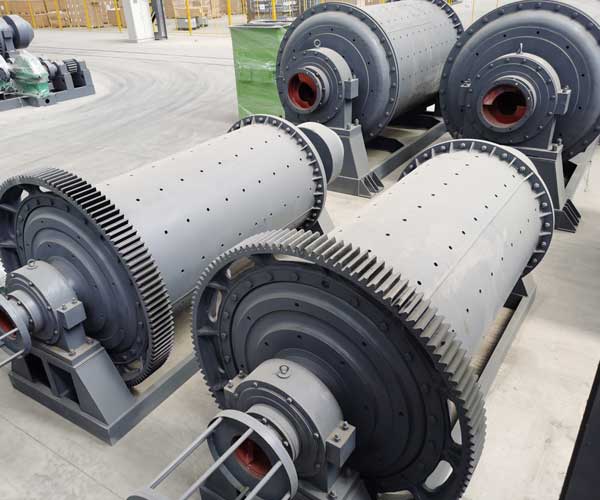
Ball mills are cylindrical devices equipped with a rotating drum filled with grinding media such as steel balls or ceramic spheres. The material to be ground is fed into the drum, and as the drum rotates, the grinding media crushes and grinds the material into fine particles. The key components of a ball mill include the drum, grinding media, and the feed and discharge mechanisms.
The grinding process in ball mills can be divided into two stages: primary and secondary grinding. In the primary stage, the material is initially crushed, resulting in coarse particles. The grinding media impacts and grinds the coarse particles, reducing their size. As the grinding continues, the material progresses to the secondary grinding stage, where finer particles are produced.
Several factors influence the efficiency of the grinding process in ball mills. These include the speed of rotation, the size and composition of the grinding media, the size of the feed particles, and the material’s moisture content. Controlling these variables allows operators to optimize the grinding process and achieve the desired particle size distribution.
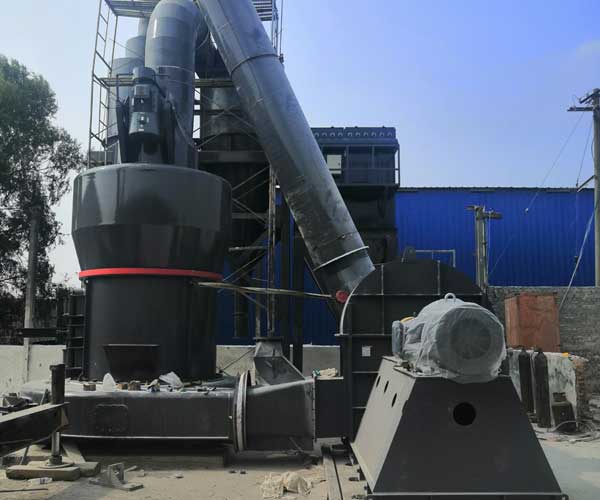
Raymond mills, also known as Raymond roller mills, are another popular option for grinding various materials. Unlike ball mills, which rely on impact and abrasion, Raymond mills utilize a combination of compression and shearing forces to grind the material. The main components of a Raymond mill include a grinding ring, grinding roller, and a blade system.
In a Raymond mill, the material is fed into the grinding chamber between the grinding roller and the grinding ring. As the grinding roller rotates, it presses the material against the grinding ring, compressing it and causing it to be ground. The blade system in the mill controls the airflow and classifies the ground material into the desired particle size.
Similar to ball mills, several factors influence the grinding efficiency in Raymond mills. These include the feed rate, the grinding pressure, the classifier’s speed, and the fineness of the final product. Adjusting these variables allows operators to optimize the grinding process and achieve the desired particle size distribution.
While both ball mills and Raymond mills are effective grinding solutions, there are some notable differences between them. Ball mills are more versatile and suitable for a wide range of materials, whereas Raymond mills are specialized in grinding non-metallic minerals. Ball mills rely on impact and abrasion, while Raymond mills utilize compression and shearing forces. Additionally, Raymond mills generally have a lower grinding capacity compared to ball mills.
The choice between a ball mill and a Raymond mill ultimately depends on the specific requirements of the application and the characteristics of the material being processed. Here are some key considerations:
Our Projects
Copyright © ZENITH, All Right Reserved.
